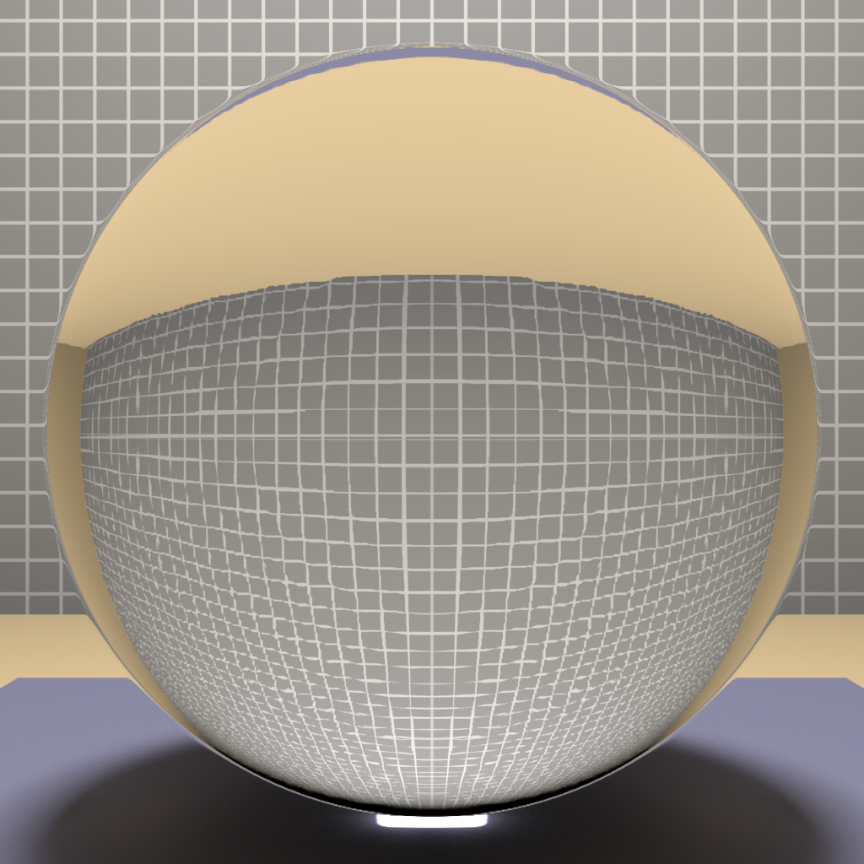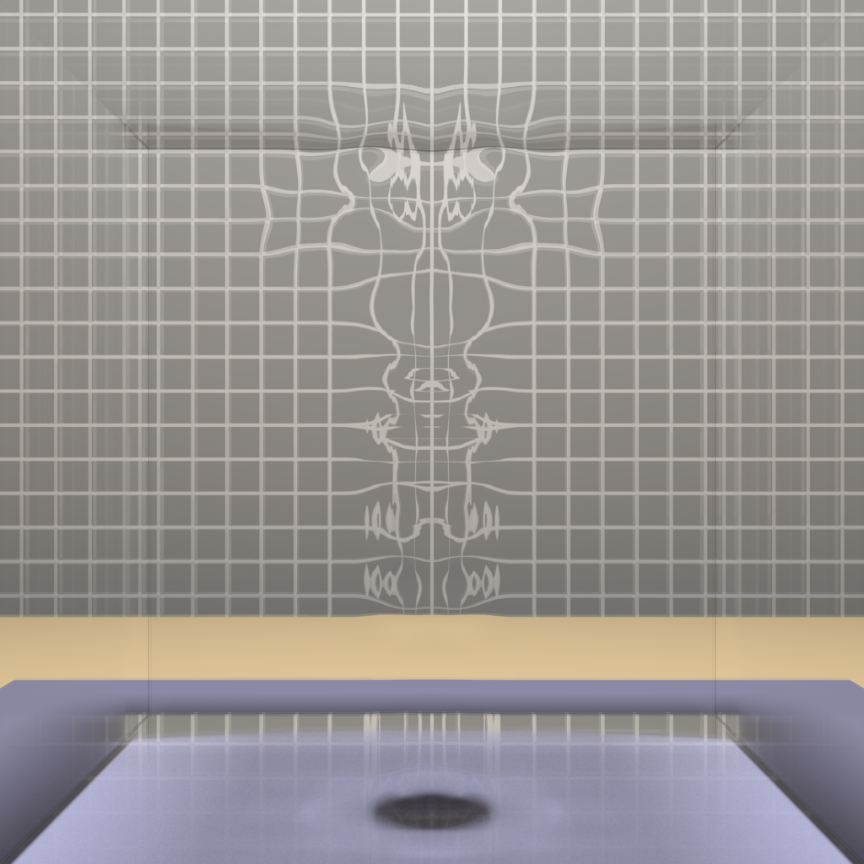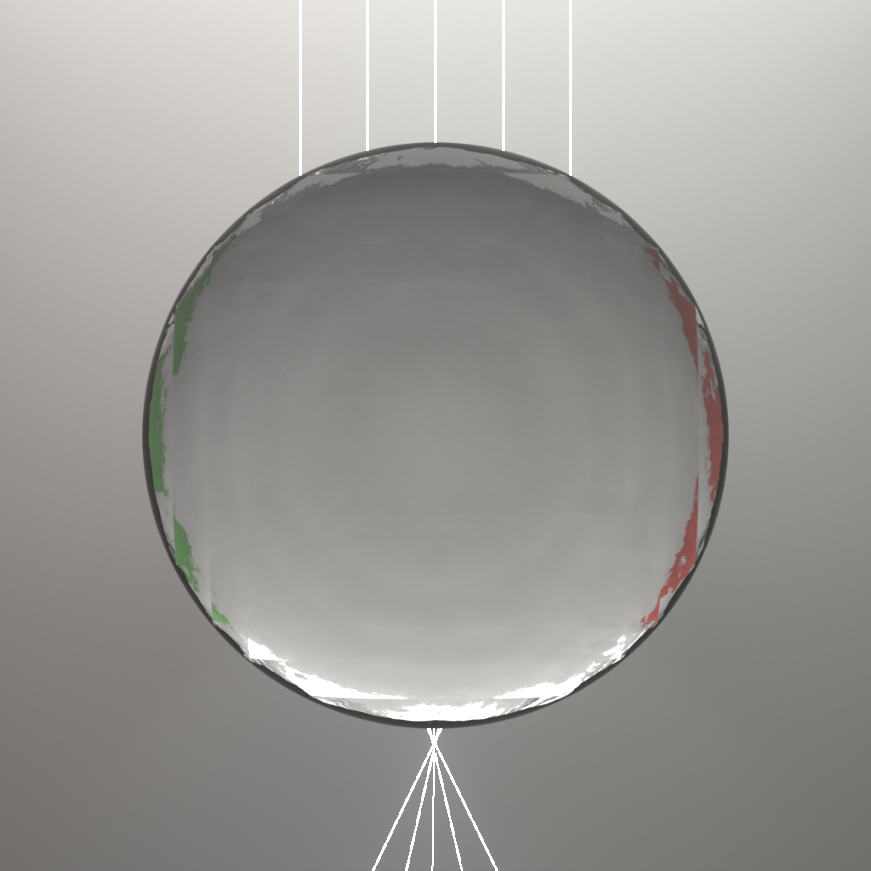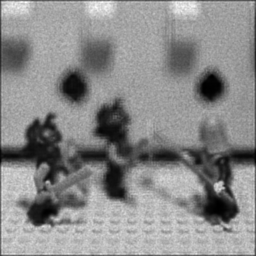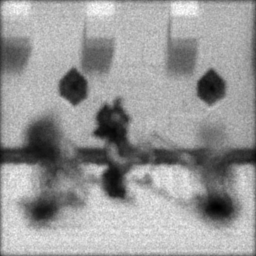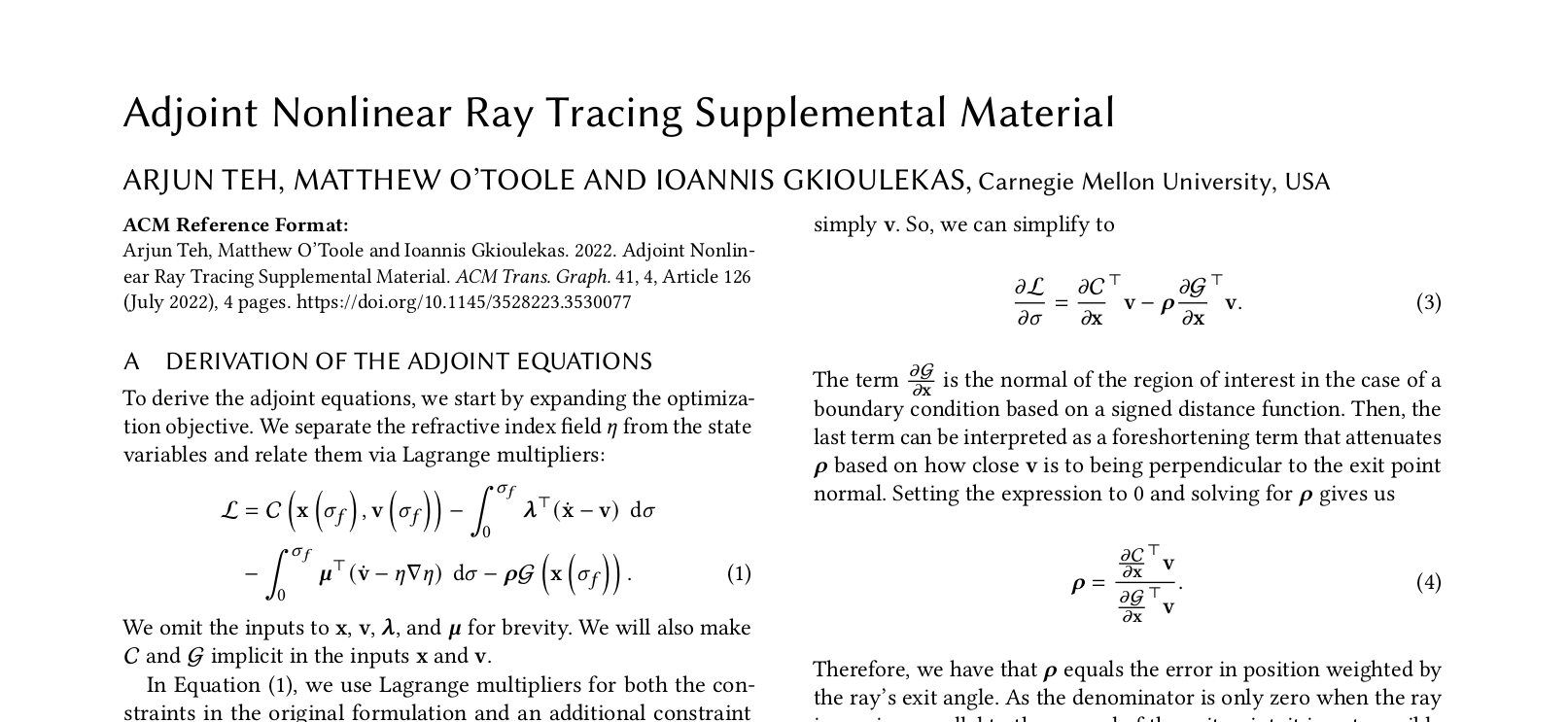Continuously Refractive Materials
Computer graphics research has long been fascinated by the way light refracts through transparent materials to form beautiful, but intricate, caustics (e.g., the patterns at the bottom of a pool of water). Although typically such caustics are the result of light undergoing a discrete number of refraction events, it is also possible for light to bend continuously through certain objects and media. For example, the shimmer observed when looking through a mass of heated air (e.g., the heat haze observed when looking down an asphalt road on a hot day) is the result of light propagating along curved paths. Light deflects when it encounters a change in refractive index. Most simple lenses are made from material with a constant refrac- tive index, which results in light refracting only at the interface.
